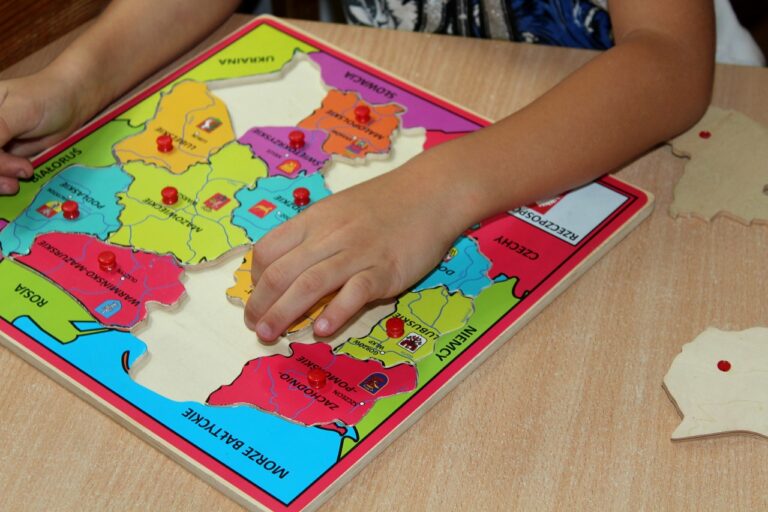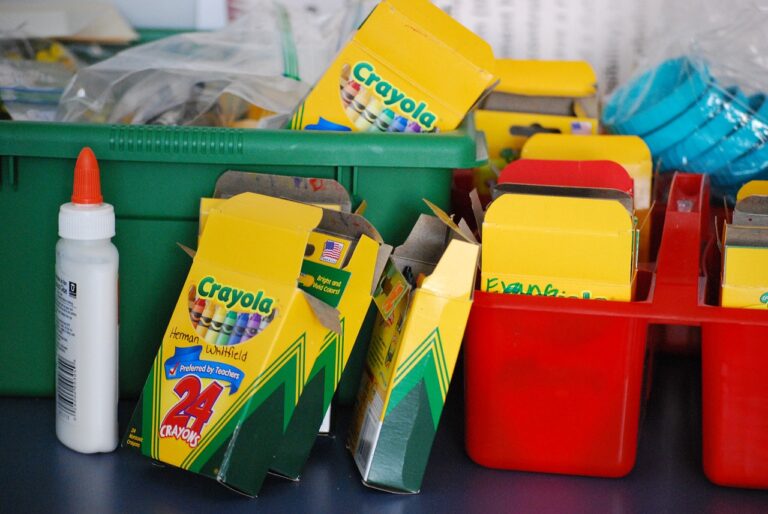Exploring the Use of Simulations in Education
Simulation in education provides students with an immersive learning experience that bridges the gap between theoretical knowledge and practical application. By engaging in simulations, students can develop critical thinking skills, problem-solving abilities, and decision-making capabilities in a realistic and risk-free environment. This hands-on approach fosters active participation and enhances retention of information by allowing students to experience the consequences of their actions firsthand.
Moreover, simulations can cater to different learning styles and preferences, making education more inclusive and accessible to a diverse student population. Whether through virtual reality simulations, role-playing scenarios, or computer-based simulations, educators can personalize learning experiences to meet the individual needs of students. This adaptability not only boosts student engagement and motivation but also promotes collaborative learning and teamwork skills essential for success in the modern workforce.
Types of Simulations Used in Education
Simulation in education is a widely utilized tool that can enhance learning experiences for students across various subjects and disciplines. One common type of simulation used in education is the virtual simulation, which creates computer-generated environments to mimic real-life scenarios. These simulations allow learners to engage in interactive experiences that can help them develop problem-solving skills and critical thinking abilities in a safe and controlled setting.
Another type of simulation frequently integrated into educational practices is the role-playing simulation. In this approach, students act out assigned roles or scenarios, enabling them to explore different perspectives, enhance communication skills, and cultivate empathy towards others. Role-playing simulations provide a dynamic learning environment that encourages active participation and collaboration among students, fostering a deeper understanding of complex concepts and issues.
What are the benefits of using simulations in education?
Simulations in education help students to actively engage in the learning process, improve critical thinking skills, enhance problem-solving abilities, and promote hands-on learning experiences.
What are some types of simulations used in education?
Some common types of simulations used in education include virtual reality simulations, computer-based simulations, role-playing simulations, and interactive simulations.
How do simulations enhance the learning experience?
Simulations provide a realistic and immersive learning environment where students can apply theoretical concepts to real-world situations, making learning more practical and engaging.
Can simulations be used in all subject areas?
Yes, simulations can be used in various subject areas such as science, mathematics, history, business, healthcare, and more, to enhance learning outcomes and improve student engagement.
Are simulations only used in higher education?
No, simulations can be used in all levels of education, from elementary schools to universities, to enhance learning experiences and provide students with hands-on learning opportunities.





